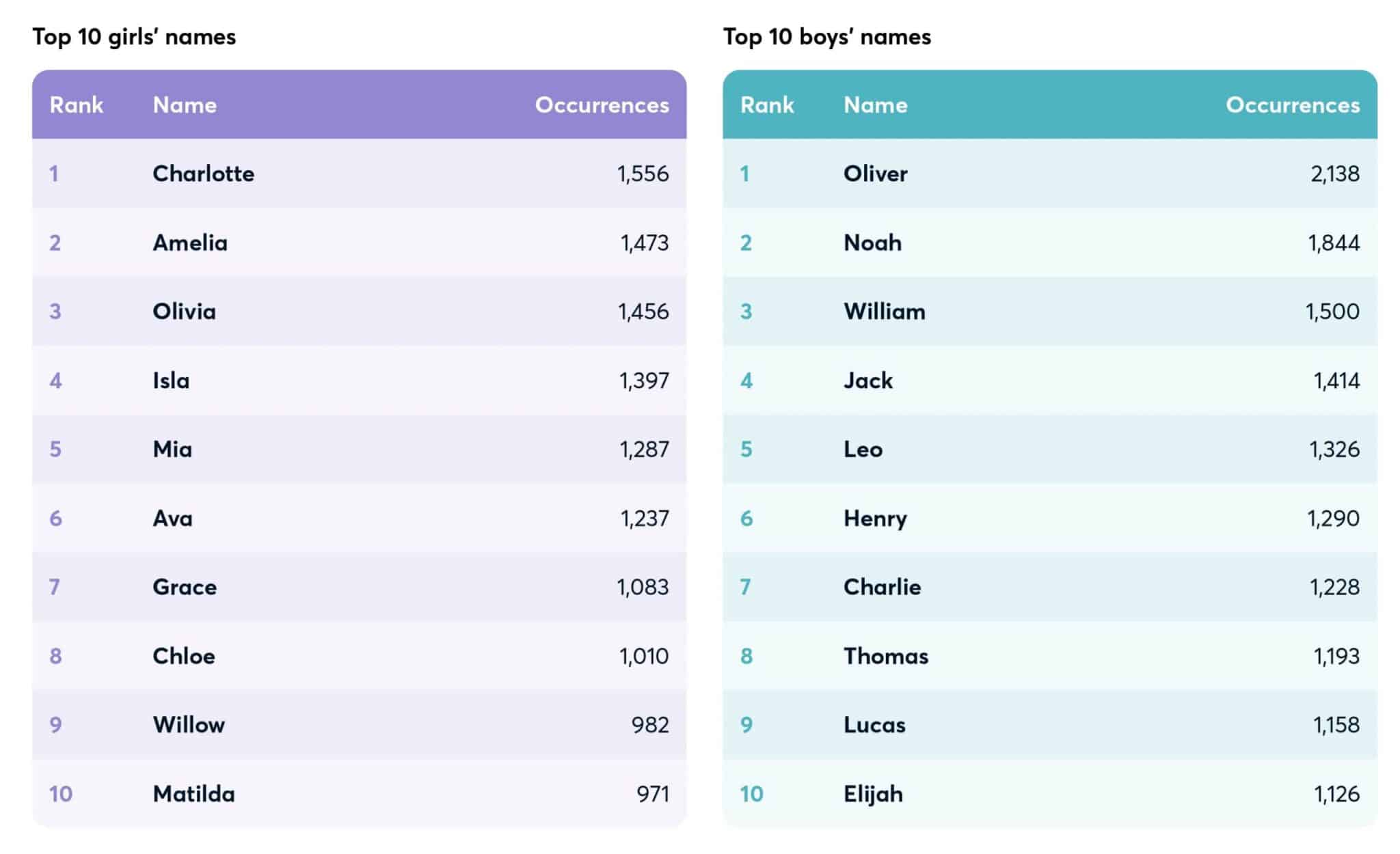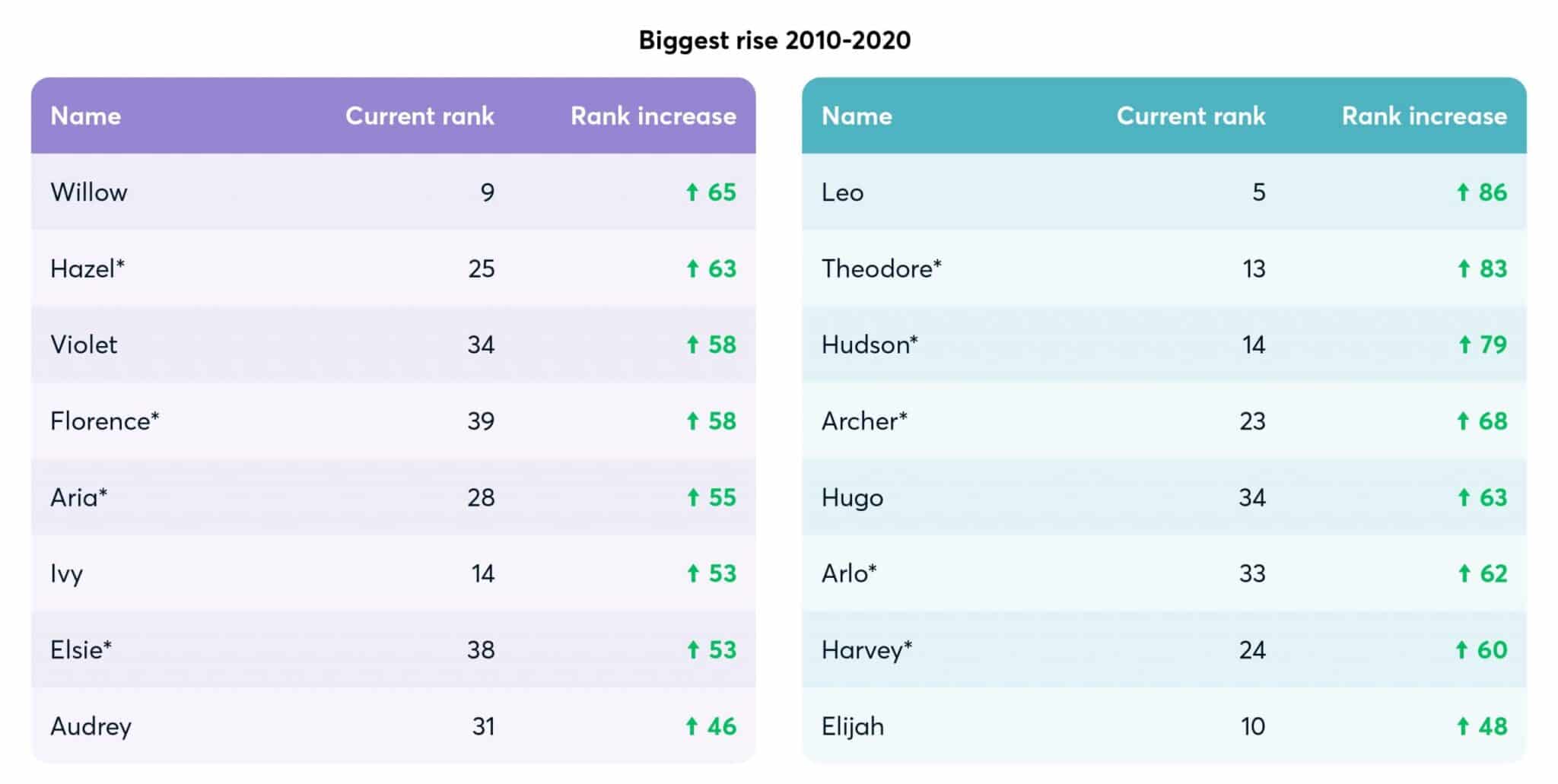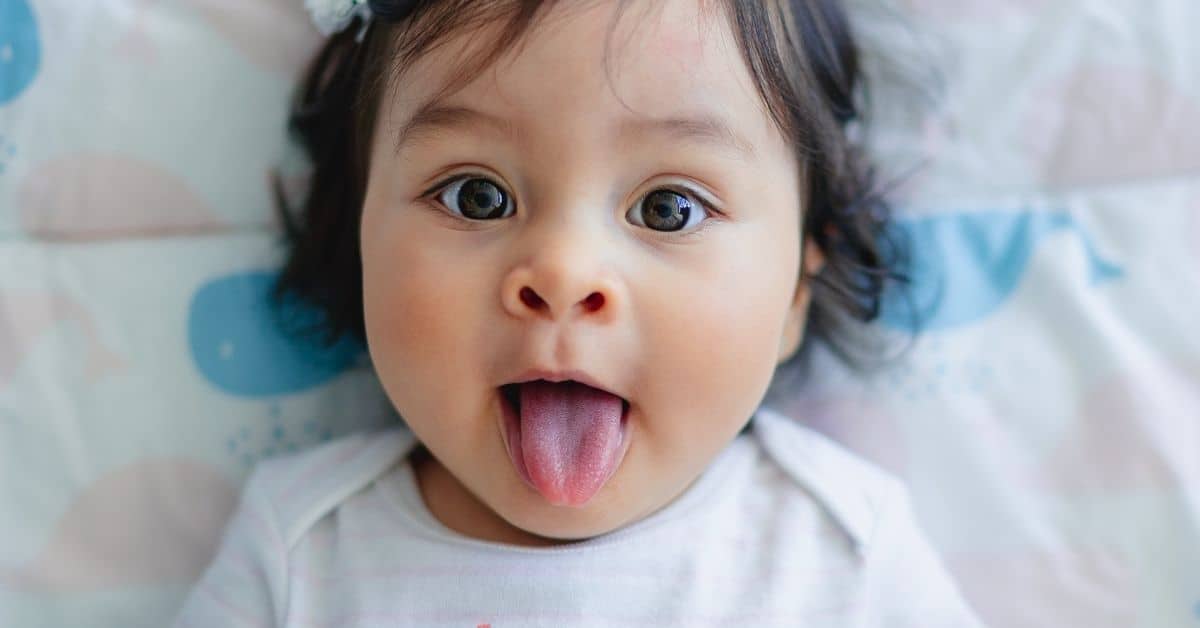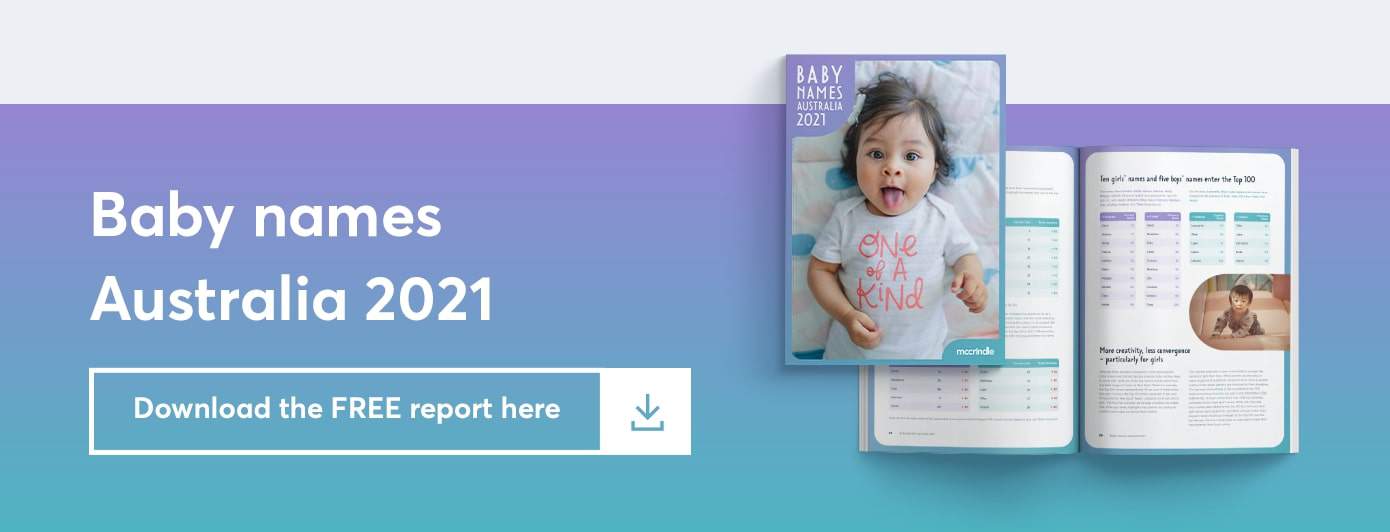By: McCrindle
The next generation of babies being born is known as Generation Alpha, and their parents are mostly Generation Y.
This new generation of parents are putting a lot of thought into what to name their new babies, drawing on social media, baby naming apps as well as the opinions of friends and family for inspiration. The trend to use shorter names, more variety for girls and popular culture influences are all playing a part. The data is in, and the 2021 Australian Baby Names report is here.
Names for a new generation: Generation Alpha
The year 2010 marked the beginning of a new generation – Generation Alpha, the most digital, global, and visual on the planet. They are the children of the Millennials and will finish being born at the end of 2024. We gave this cohort the name Generation Alpha (of the Greek alphabet) because, being born entirely in the 21st Century, they are not a return to the old but the start of something new.

Oliver and Charlotte the most popular names for Generation Alpha
Charlotte has been a consistently popular baby name for Generation Alpha, having been crowned the number one name for 8 out of the last 10 years (since this generation began being born). While Charlotte maintains her reign, Amelia has now eclipsed the name Olivia for the second most popular girls’ name. While in a slightly different order, the Top 10 girls’ names have remained mostly unchanged in the past year, except for Matlida replacing the name Harper.
Oliver, the name given to over 2,000 Generation Alpha baby boys has also been consistently popular over the last decade, having enjoyed an uninterrupted 8 years at the top spot since overtaking Jack in 2013. In the last year, Elijah has made an entrance to the Top 10 boys names, at the expense of the name James (which dropped from 10th to 15th).

Trending Generation Alpha baby names
Generation Alpha began being born in 2010, and so the names that have been increasing in popularity over the past decade highlight the names that are on the rise for this generation.

Those with an * indicate the names that, in 2010, were not in the Top 100.
Other girls’ names that are worth noting include Mila (22nd), Luna (44th), Freya (45th) and Millie (64th), which all debuted in the Top 100 in 2017 and have seen significant growth in popularity since. Another name to watch in the coming years is Sadie, which debuted last year (65th), and is now ranked 58th.
For the boys, the name Theodore has proven to be very popular among Generation Alpha with the name debuting in 2014 at 96th and climbing 83 positions to be ranked 13th today. The name Arthur has also seen a rapid increase in popularity, debuting in the Top 100 in 2017 in 83rd position and climbing to be the 40th most popular baby boy name today.
Over the last decade, some of the names that have experienced the biggest fall in rank include the names Sarah, Maddison, Lara, Dylan, Matthew and Luke.
“Among these new, emerging names we see the trends of girls’ names ending in a vowel or vowel sound, and botanic influences and colours. We also see celebrity influences, with Luna growing in popularity since John Legend and Chrissy Teigen’s daughter, Luna was born in 2016. There is also the trend of shortening names and adding an ‘ie’ on the end (Elsie, Millie and Sadie). Shorter boys’ names ending in an o (Leo, Hugo and Arlo) are also on the rise for Generation Alpha.” – Ashley Fell, Social Researcher & co-author of Generation Alpha.
In the last year, ten girls’ names entered the Top 100 (Remi, Harlow, Hallie, Maeve, Adeline, Molly, Maggie, Delilah, Eliza and Isabel) at the expense of; Heidi, Madeline, Riley, Alexis, Victoria, Madison, Lilly, Chelsea, Indiana, and Thea.
Only five new boys’ names entered: Leonardo, River, Luka, Lewis and Lennox, at the expense of Tyler, Jake, Christian, Nate and Aaron.
Parents opting for uniqueness and creativity – particularly for girls
Parents today are less likely to name their child one of the top names as they select from a greater range of names. In NSW, the Top 100 names represent only 39% of babies born last year. This naming originality is even more evident amongst the naming of girls than boys. While 5 new boys’ names were added to the Top 100 list, twice as many girls’ names were added (10), and when we look at popular, emerging names since Generation Alpha began being born (2010), there are three times as many girls’ names that have entered the Top 100, than boys’ names.
“Parents of Generation Alpha (Gen Y) have more access to information than any other generation of parents in history and are influenced by more than just family and religious traditions. They are drawing on social media and popular culture influences, blogs, websites and even baby naming apps. The first-time parents of today were likely to have grown up with several classmates with the same name as them, and so they are drawing on a wider range of more unique and creative names, for their children, and daughters especially.” – Ashley Fell, Social Researcher & co-author of Generation Alpha.
Nicknames for first names
In recent years we have noticed a trend of Australian parents opting for shorter names as first names: Jack (4th) outranks Jackson (42nd), Leo (5th) outranks Leonardo (80th), Archie (16th) outranks Archer (23rd) and Ella (11th) outranks Isabella (15th) and Isabelle (36th).
Not only do short names win out, but in true Aussie fashion, there is a trend of shortening names and adding an ‘ie’: Rose to Rosie, Savannah to Sadie, Amelia to Millie, Isabella to Billie, Charlotte to Charlie, Elizabeth to Ellie and William to Billy. There are 14 girls’ names that end in ‘ie’ or ‘i’: Sophie, Evie, Ellie, Frankie, Elsie, Mackenzie, Billie, Sadie, Millie, Bonnie, Remi, Rosie, Hallie, and Maggie compared to only 8 boys’ names: Charlie, Levi, Archie, Eli, Kai, Ari, Bodhi and Ali.
Botanical names and colours are inspiration for girls’ names
Parents continue to use the botanical theme as a source of inspiration for girls’ names: Willow, Ivy, Lily, Violet, Daisy, Poppy, Jasmine, Rose, Olive, Rosie and Delilah. Colours are also an inspiration, as seen in the names: Ruby, Hazel, Scarlett, Violet, Jasmine, Olive and Rose.
Boys’ names feature less syllables
Parents continue to choose longer more flowing names for their daughters and shorter names for their sons. 7 girls’ names in the Top 100 have four syllables (Amelia, Olivia, Isabella, Emilia, Penelope, Elizabeth, and Ariana), compared to 2 boys names (Alexander and Leonardo).
The royal influence
Australians are captured by the younger generation of Royals, as seen in names like: Charlotte (1st), William (3rd), Archie (16th – which increased by nine ranks), Harry (26th), George (31st) & Louis (55th).
Article supplied with thanks to McCrindle.
About the Author: McCrindle are a team of researchers and communications specialists who discover insights, and tell the story of Australians – what we do, and who we are.
Feature image: Photo by Juan Encalada on Unsplash


